
Material curiosities: Primavera 2025
In its 34th year, Primavera—the Museum of Contemporary Art Australia’s annual survey of Australian artists 35 and under—might be about to age out of itself, but with age it seems, comes wisdom and perspective.
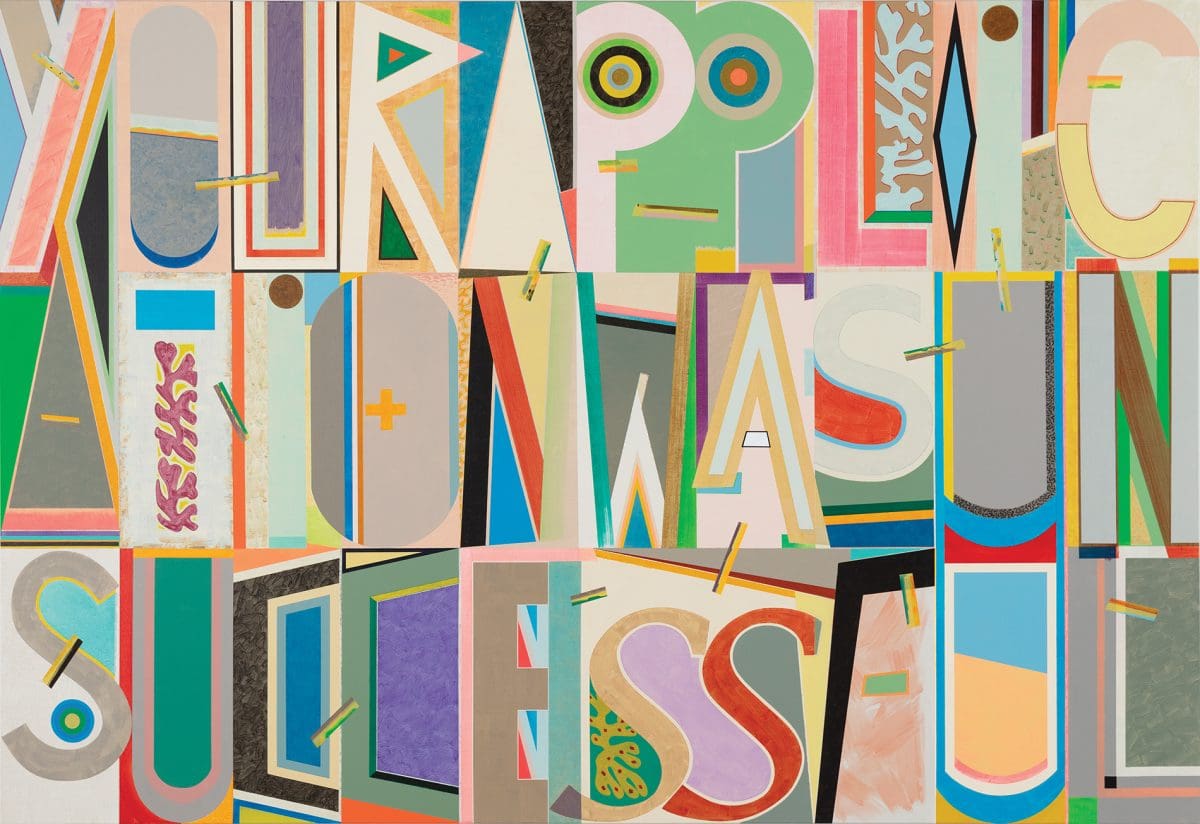
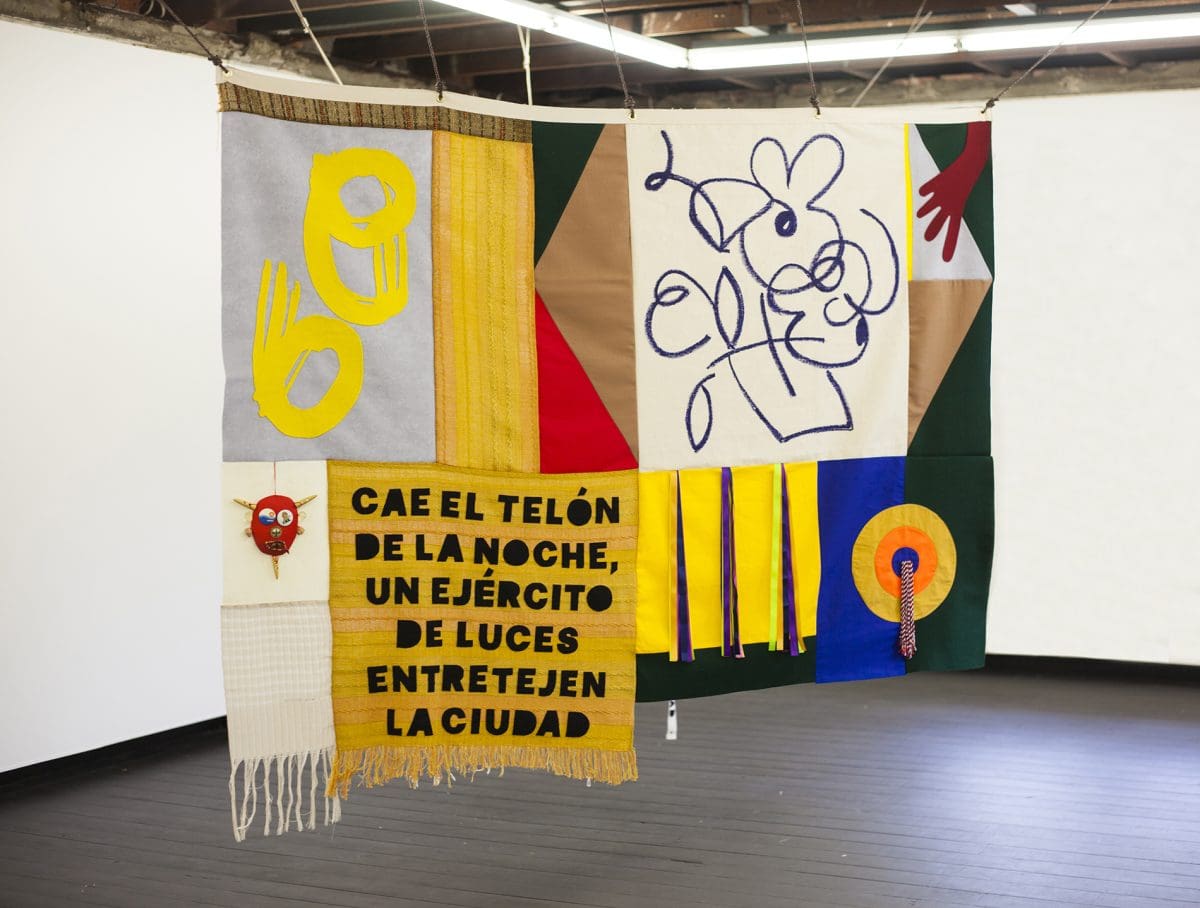
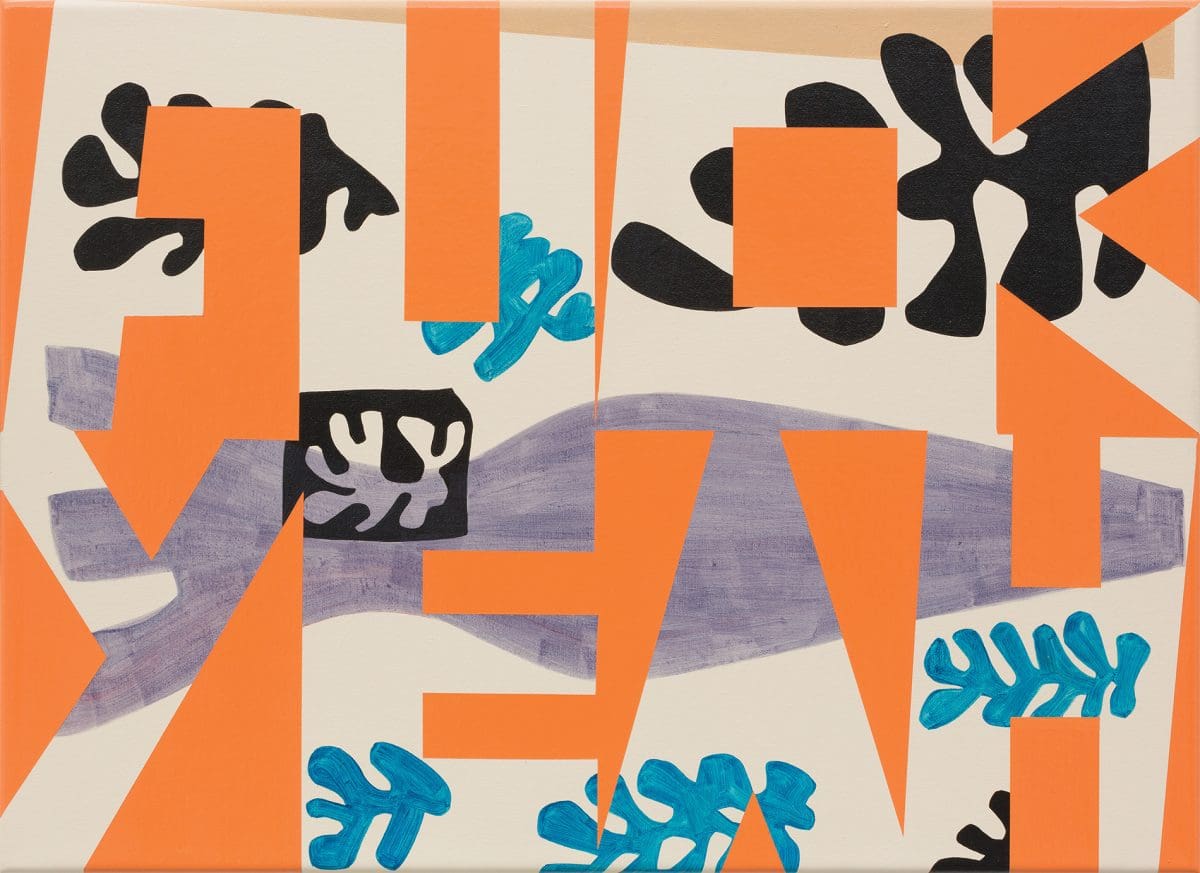
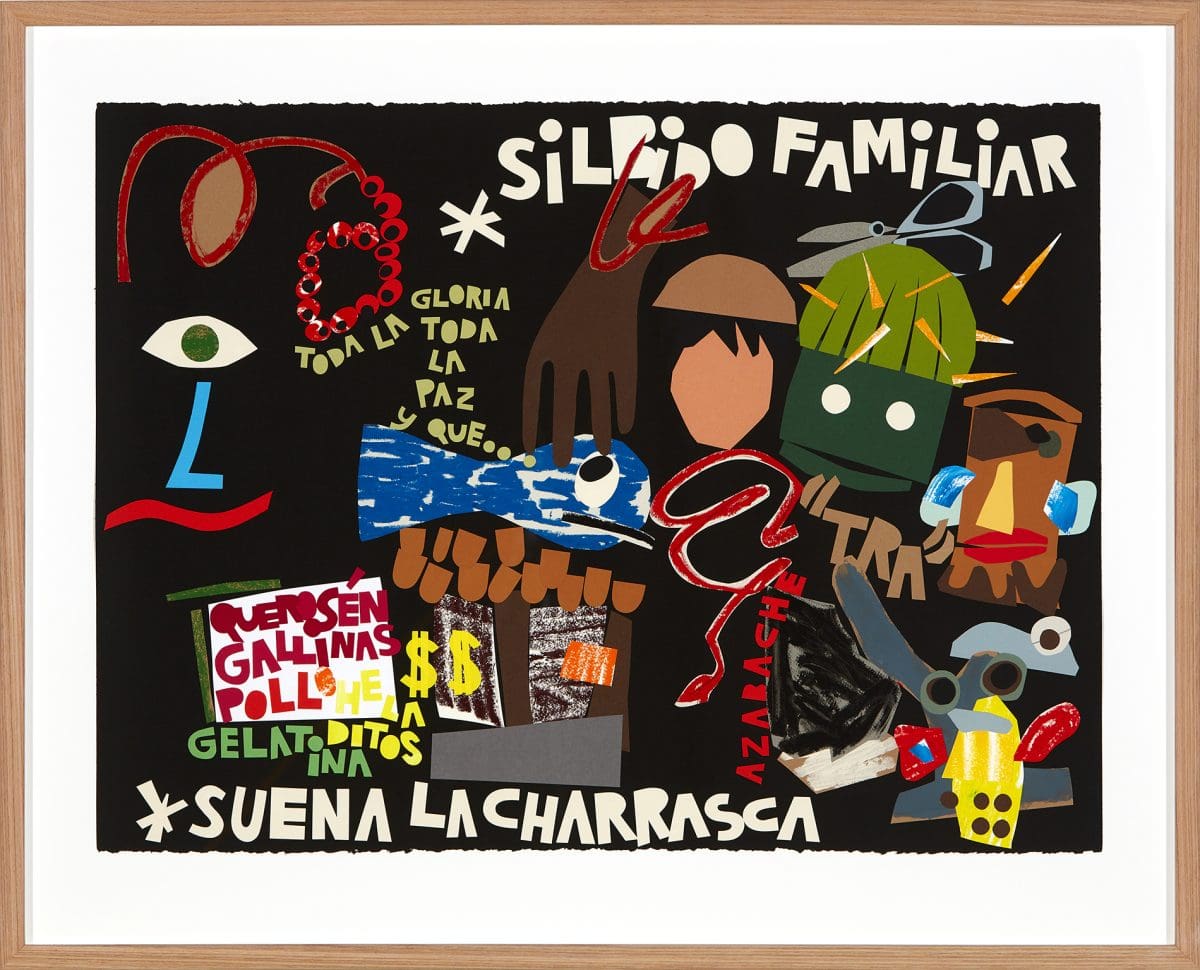
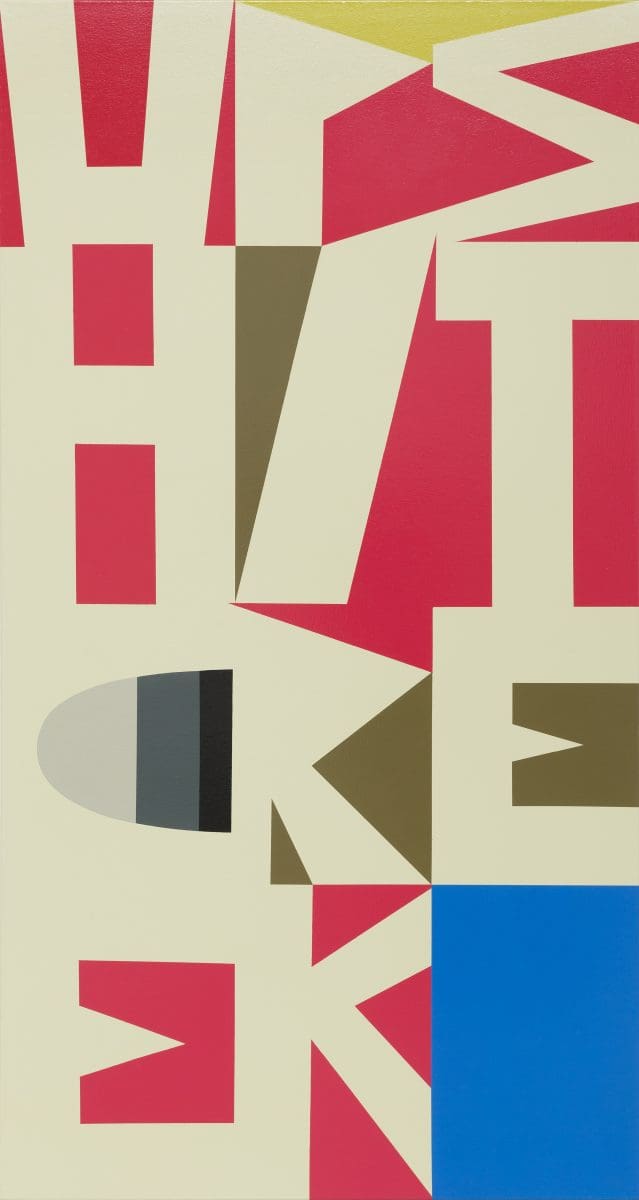
I met with Nadia Hernández and Jon Campbell at a Melbourne pub for a parma and a chat about their joint exhibition Speech Patterns at the Art Gallery of Western Australia (AGWA). This is a thrilling meeting of two intergenerational artists who share an affinity for text, colour and line. Their works engage with identity, language, class, pop culture and diaspora in playful and generous paintings that excite the gaze. In a conversation premised on a shared love for humour and words, Hernández and Campbell talk about exhibiting together and the importance of cross-generational friendships.
Diego Ramirez: What was the starting point for this show?
Jon Campbell: It was the curator Robert Cook from AGWA who made contact with us, proposing this idea to put our works together.
Nadia Hernández: I was a fan of yours Jon, as I had seen your show at MCA [Museum of Contemporary Art] and I really liked your work. Back then, I would have never imagined this situation.
DR: It would have never crossed my mind to combine your practices. But once seen together, they share such a strong connection.
JC: Yeah, and to me that is the sign of a good curator… We don’t see strong curatorship often.
NH: What’s exciting is that now that we’ve met, and now that we’re having this show together, we can begin to uncover these links between us. Robert had seen all these links through interests or commonality and now we get to decipher them in our own way, through the different conversations we’re having.
DR: Can you describe these links between your works?
NH: For me it is more about this new relationship—and that might reveal links or it might be its own thing. Or lead to other things.
JC: Yeah, we are now thinking about doing a performance together as part of the show. And these collaborations are the real bonus of this whole thing, so it’s still pretty fresh.
DR: Have you made a new collaborative work for the show?
JC: We’re making a paste up by layering each other’s photocopied works, but we will decide on the actual form during install.
NH: Yeah, it’s funny how a show is meant to be something that is resolved, but for me it feels like the beginning of what might come from knowing one another, potentially working together, having had our works greet each other. The exhibition is previous work, we’re not necessarily making new works. I see Speech Patterns as a beginning, a meeting.
JC: Absolutely. We all have these histories and this is a nice opportunity to bring some of that out. I have some things going back to my postgrad student days in 1984, and with works like this you wonder if they will ever be shown, so it’s great they can be part of this.
DR: I really enjoy spending time with established artists because they have experience and have lived through interesting moments—but there’s often this strange unspoken barrier that doesn’t quite connect generations.
JC: Maybe older artists have some chip on their shoulder about, “I’ve done all this, so I don’t want to do that and I’m not doing this.” Like, they believe it can be a retrograde step that is not good for their career or something. But come on! Do interesting things.
NH: You were telling me you have a lot of younger friends Jon, right? Do you think some artists don’t step outside their own age bracket?
JC: Possibly, it could be that. But I don’t think it’s good for any artist to be siloed like that. Everyone’s got their own way of working and how they need to generate their own things. But for me it is more interesting to be out and about. As I see it, this is possibly reflected on their work as it goes on, when it runs out of steam a bit. Then again, there’re people in your generation that are not looking at anything and don’t have older friends. So, it goes both ways.
NH: Yeah, I have friends that are older but also younger because it is way more interesting. I think it’s very important to work cross-generationally in the arts… I want to see more community! Over the past couple of years, I’ve been looking back at a loss of hope and trying to regain it and reconfigure it as something completely different. I wonder how it will feel to see this collection of works from different moments in time in one space, it is like time travelling.

JC: Great opportunity to get some old works out—I’m loving that because they just sit in storage and when I look back at my student works, they look okay, but I go “Geez, they are rough!” It means things have actually changed, but they have a unique quality about them.
DR: While you both use text in your practice, your sources are so different. Is this something you talked about?
NH: In his curatorial essay, Robert says that my body of work becomes a collective body. Since I am talking to family or protest, where I invite other people to contribute text to my work, I am thinking about how other groups of people play a role in one’s practice.
JC: I’ve thought about this myself because there’re all these voices and they are coming from all over the place. They can be personal or drawn from the public realm, speaking politically to the way you grew up and where you live now. Once you start thinking about this, you can see the relationship between our works, [but]it might not be the same experience. Say I am talking about the way I grew up in the 70s, that experience is quite different to Nadia’s.
Speech Patterns
Nadia Hernández and Jon Campbell
Art Gallery of Western Australia (Perth WA)
Until 8 January 2023
This article was originally published in the November/December 2022 print edition of Art Guide Australia.